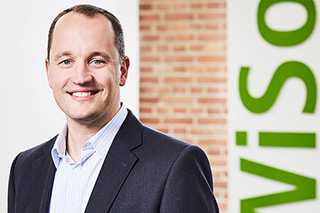Most people are currently becoming aware of what an important good mobility is. From an entrepreneurial perspective, it has become apparent that even where work can be largely switched to "online", physical isolation can hardly be maintained without losses in the long term. Another aspect is highlighted by a recent study by WiSo Professor Fabian Sting. The core result: employees who jump between locations have more valuable ideas.
A new study by WiSo Professor Fabian Sting looks at how the value of employees' ideas is related to short-term stays at other factories in a company.
Valuable ideas in companies do not only come from researchers and developers, but also from employees in the operational area. Internationally successful production companies such as Toyota or 3M have therefore long been relying on the targeted promotion of a continuous flow of ideas from all employees.
In a recent study, WiSo-Professor Fabian Sting has now been able to show that the value of staff ideas increases when operational staff are given the opportunity to look beyond their own location. Under the title "Sparking Manufacturing Innovation: How Temporary Interplant Assignments Increase Employee Idea Values: How Temporary Interplant Assignments Increase Employee Idea Values"), Professor Sting, together with Philipp Cornelius (Rotterdam School of Management), and Bilal Gokpinar, (UCL School of Management), examined how the value of employee ideas is related to short-term stays of operational employees in other factories of their company.
Such changes therefore have both a short term and a long term effect: In the short term, more valuable ideas are already immediately apparent, as it were, through the harvesting of "low-hanging fruit" (with little effort, rapid improvements were achieved). Secondly, the cross-plant deployment resulted in more valuable employee ideas in the long term.
If the first effect can be subsumed under the keyword "know how", the second effect is based on an improved "know why", i.e. a deeper understanding of the process that employees gain through their change. For (operational) employees, therefore, not only "learning by doing" applies, but also "learning by moving".
The study is available as a working paper and will be published in the journal "Management Science".
